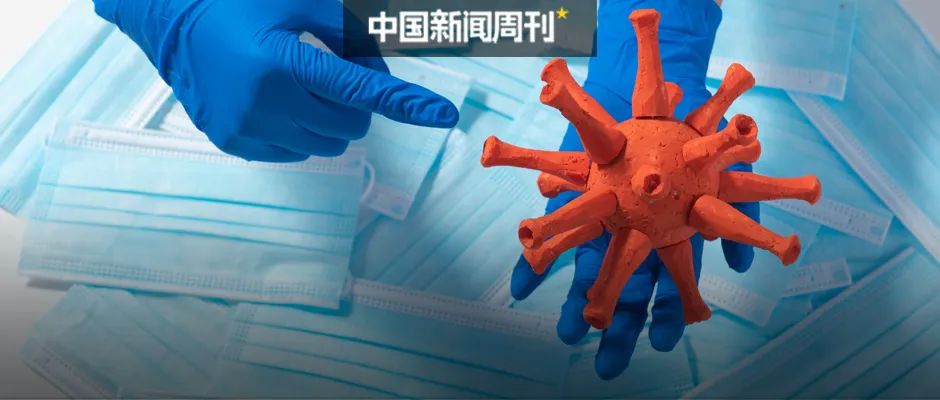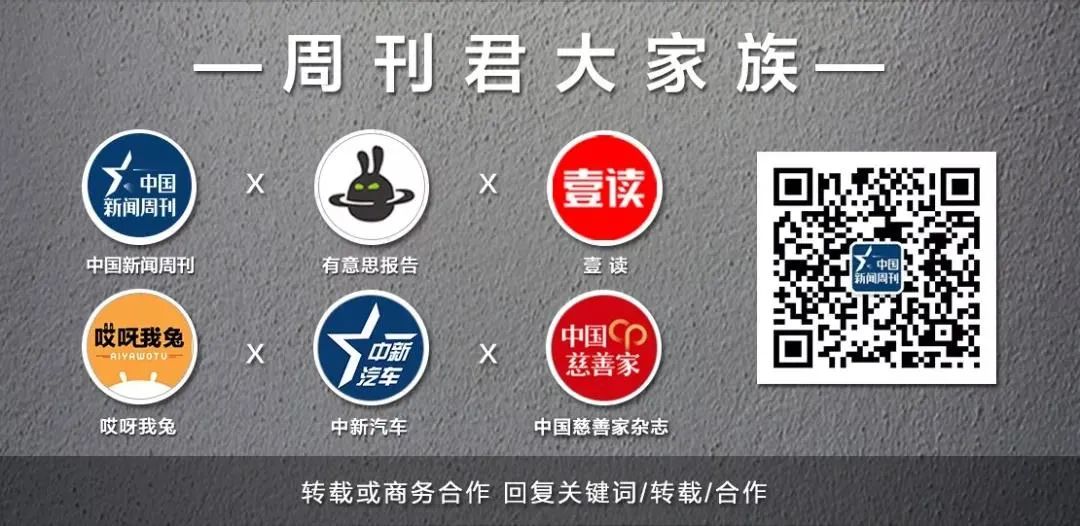
Wearable smart devices play a significant role in health monitoring
by alerting users to bodily changes
and ensuring timely medical attention when symptoms arise.

How popular have pulse oximeters become recently? For instance, a certain brand of pulse oximeter, which ranks first on JD.com, sold 1.068 million units in the last 30 days. On Taobao, many pulse oximeter products show “pre-sale delivery within 7 days” on their purchase pages.After pulse oximeters went out of stock, many consumers turned their attention to smartwatches and smart bands with blood oxygen detection features. Sales of wearable smart devices labeled with “blood oxygen detection” have also surged on major e-commerce platforms. According to data from Suning.com, in December 2022, sales of smart bands and watches with blood oxygen detection functions increased by 330% compared to the same period last year.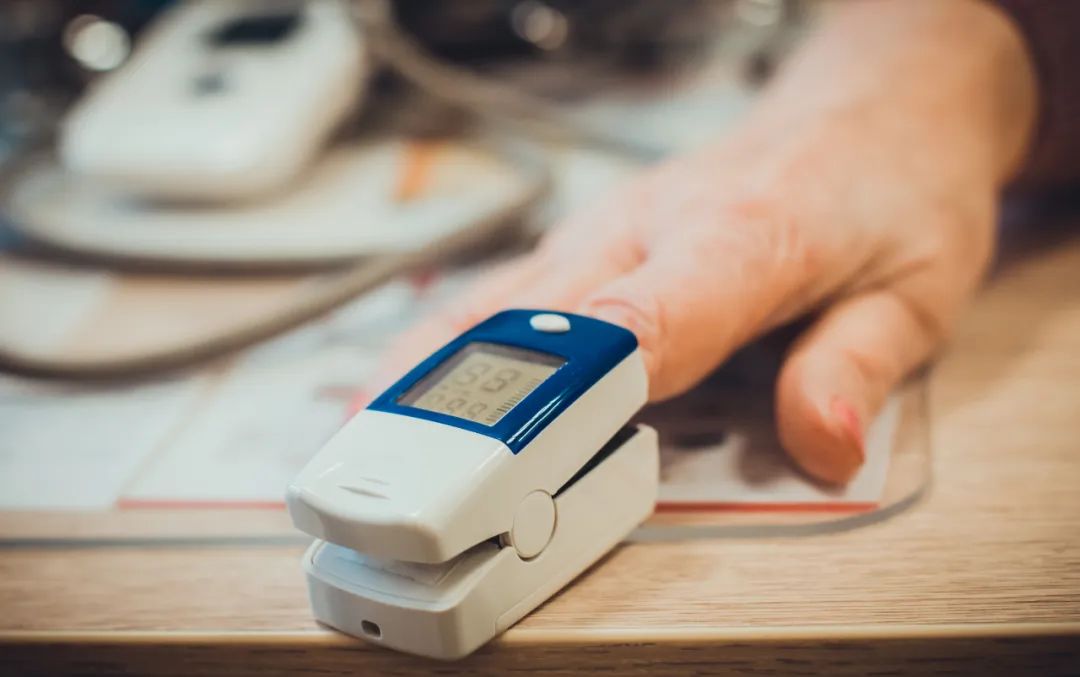 Image source: Tuchong Creative Amidst the hot sales, the measurement principles of both devices and the precautions during measurement have also become focal points of attention.What is the measurement principle? When deoxygenated hemoglobin in the blood combines with oxygen entering the body, it forms oxyhemoglobin. The absorption ratios of these two substances to infrared light and red light differ. Oxyhemoglobin absorbs less red light and more infrared light; deoxygenated hemoglobin absorbs more red light and less infrared light. Both pulse oximeters and smartwatches or bands with blood oxygen detection functions utilize this characteristic, but their working principles differ.Common clip-type pulse oximeters typically have an LED that emits red light and another LED that emits infrared light, which is invisible to the naked eye, positioned at the top of the device. After light of different wavelengths passes through the finger, the photodetector below the instrument receives it and calculates the blood oxygen saturation.In contrast, smartwatches and other wearable smart devices are generally worn on the user’s wrist, where the tissue structure is more complex, and the bones are thicker, making it difficult for light to penetrate. Therefore, they cannot use the “transmission” method of pulse oximeters but instead calculate using the reflected signals from the wrist, which is known as the “reflection” method.
Image source: Tuchong Creative Amidst the hot sales, the measurement principles of both devices and the precautions during measurement have also become focal points of attention.What is the measurement principle? When deoxygenated hemoglobin in the blood combines with oxygen entering the body, it forms oxyhemoglobin. The absorption ratios of these two substances to infrared light and red light differ. Oxyhemoglobin absorbs less red light and more infrared light; deoxygenated hemoglobin absorbs more red light and less infrared light. Both pulse oximeters and smartwatches or bands with blood oxygen detection functions utilize this characteristic, but their working principles differ.Common clip-type pulse oximeters typically have an LED that emits red light and another LED that emits infrared light, which is invisible to the naked eye, positioned at the top of the device. After light of different wavelengths passes through the finger, the photodetector below the instrument receives it and calculates the blood oxygen saturation.In contrast, smartwatches and other wearable smart devices are generally worn on the user’s wrist, where the tissue structure is more complex, and the bones are thicker, making it difficult for light to penetrate. Therefore, they cannot use the “transmission” method of pulse oximeters but instead calculate using the reflected signals from the wrist, which is known as the “reflection” method.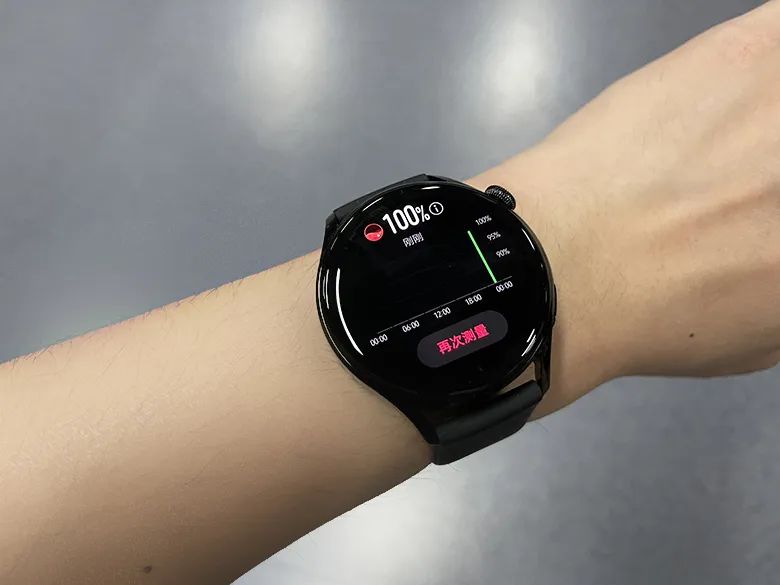 Measuring blood oxygen saturation with a smartwatch It is important to note that whether using a pulse oximeter or a wearable smart device, correct methods must be followed during blood oxygen measurement to ensure that the results are meaningful.Combining multifunctionality and convenience The surge in sales of pulse oximeters and wearable smart devices with blood oxygen detection features is actually driven by concerns over hypoxemia.Blood oxygen saturation is one of the important indicators reflecting respiratory function, typically representing the current oxygen content in the body. When the blood is deficient in oxygen, it cannot effectively transport oxygen to vital organs such as the heart and brain, leading to various diseases and even irreversible damage.Under normal altitude conditions, blood oxygen saturation in the range of 94%-100% is considered normal, while below 80% indicates severe hypoxemia. According to the “Diagnosis and Treatment Plan for Novel Coronavirus Pneumonia (Trial Version 9)”, COVID-19 patients with a blood oxygen saturation below 93% while at rest and breathing air can be classified as severe cases, which require close monitoring of vital signs and consciousness, with a focus on monitoring blood oxygen saturation.As the pandemic progresses, people have also begun to pay attention to how to protect respiratory health after recovering from the virus. Experts suggest maintaining basic protective measures, including wearing masks, frequent handwashing, ventilating rooms, and getting vaccinated against COVID-19; maintaining a healthy lifestyle, such as quitting smoking, balanced nutrition, and appropriate physical activity, while reminding those with a history of respiratory diseases to keep sufficient medication on hand, follow medical advice, and attend regular follow-ups.Currently, medical research institutions are also advancing home respiratory health monitoring. For example, Huazhong University of Science and Technology’s Tongji Medical College and the 301 Hospital have initiated research in the field of respiratory health, collecting physiological parameters such as heart rate variability, respiratory rate, blood oxygen, and cough sounds through Huawei smart wearable devices to screen for the risk of lung infections and monitor respiratory health status by detecting respiratory rates and skin temperature during nighttime sleep.
Measuring blood oxygen saturation with a smartwatch It is important to note that whether using a pulse oximeter or a wearable smart device, correct methods must be followed during blood oxygen measurement to ensure that the results are meaningful.Combining multifunctionality and convenience The surge in sales of pulse oximeters and wearable smart devices with blood oxygen detection features is actually driven by concerns over hypoxemia.Blood oxygen saturation is one of the important indicators reflecting respiratory function, typically representing the current oxygen content in the body. When the blood is deficient in oxygen, it cannot effectively transport oxygen to vital organs such as the heart and brain, leading to various diseases and even irreversible damage.Under normal altitude conditions, blood oxygen saturation in the range of 94%-100% is considered normal, while below 80% indicates severe hypoxemia. According to the “Diagnosis and Treatment Plan for Novel Coronavirus Pneumonia (Trial Version 9)”, COVID-19 patients with a blood oxygen saturation below 93% while at rest and breathing air can be classified as severe cases, which require close monitoring of vital signs and consciousness, with a focus on monitoring blood oxygen saturation.As the pandemic progresses, people have also begun to pay attention to how to protect respiratory health after recovering from the virus. Experts suggest maintaining basic protective measures, including wearing masks, frequent handwashing, ventilating rooms, and getting vaccinated against COVID-19; maintaining a healthy lifestyle, such as quitting smoking, balanced nutrition, and appropriate physical activity, while reminding those with a history of respiratory diseases to keep sufficient medication on hand, follow medical advice, and attend regular follow-ups.Currently, medical research institutions are also advancing home respiratory health monitoring. For example, Huazhong University of Science and Technology’s Tongji Medical College and the 301 Hospital have initiated research in the field of respiratory health, collecting physiological parameters such as heart rate variability, respiratory rate, blood oxygen, and cough sounds through Huawei smart wearable devices to screen for the risk of lung infections and monitor respiratory health status by detecting respiratory rates and skin temperature during nighttime sleep.
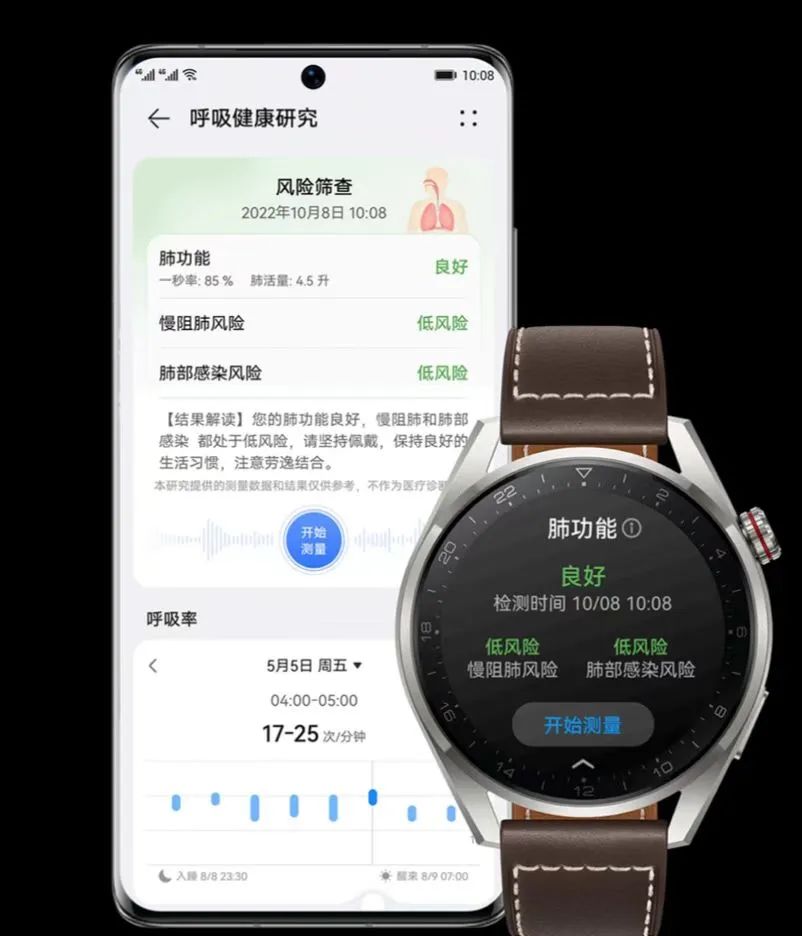
Compared to medical monitoring devices, wearable smart devices offer convenience, enabling comprehensive measurement of multiple physiological indicators such as temperature, heart rate, and blood oxygen.Research indicates that continuous monitoring is superior to intermittent monitoring in detecting disease deterioration. In home health monitoring, using wearable smart devices represented by smartwatches allows for prolonged continuous measurement, enabling early identification of abnormal symptoms by comparing with baseline conditions. For instance, Huawei watches and bands can continuously monitor physiological indicators such as blood oxygen and heart rate, providing alerts in cases of low blood oxygen levels or abnormal heart rates.In the post-pandemic era, with an increase in health awareness and demand, smartwatch sales have seen a resurgence in recent years.According to iiMedia Research, the market size of smartwatches in China was 29.5 billion yuan in 2021, and it is expected to exceed 40 billion yuan by 2025. According to IDC’s “Quarterly Tracking Report on the Wearable Device Market in China, Q3 2022”, the shipment volume of smartwatches reached 10.8 million units in Q3 2022, a year-on-year increase of 1.8%, with adult smartwatches seeing a sales growth rate of 13.3%.However, whether it is blood oxygen saturation, respiratory health, or other functions, the significance of health monitoring with wearable smart devices lies in alerting users to bodily changes, ensuring timely medical attention when symptoms arise.[Reference: Guokr: I also couldn’t get a pulse oximeter, so I looked for a bunch of alternatives, but…]
Author: MaMeng
Editor: Wang Xiaoyi
Duty Editor: Wang Lin
Recommended Reading
▼
Will the more evasive XBB.1.5 trigger a new wave of infection peaks?
